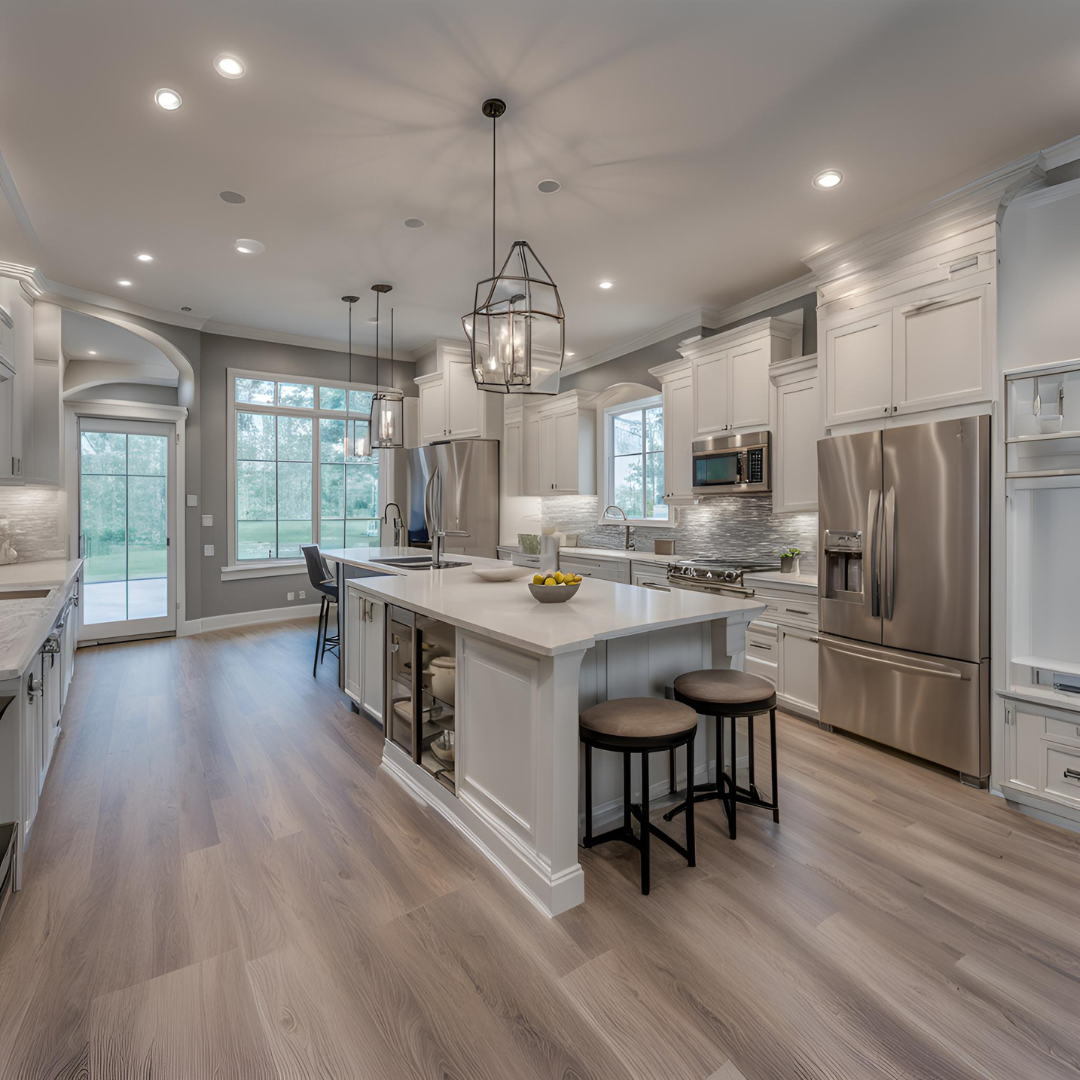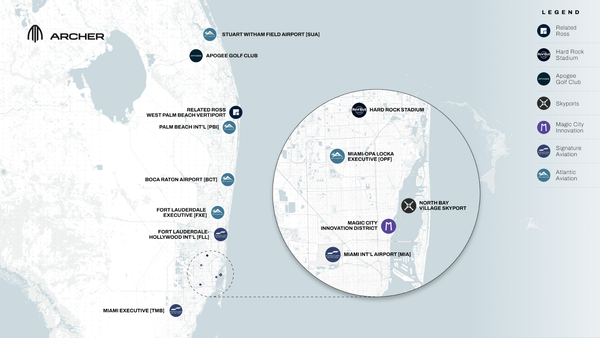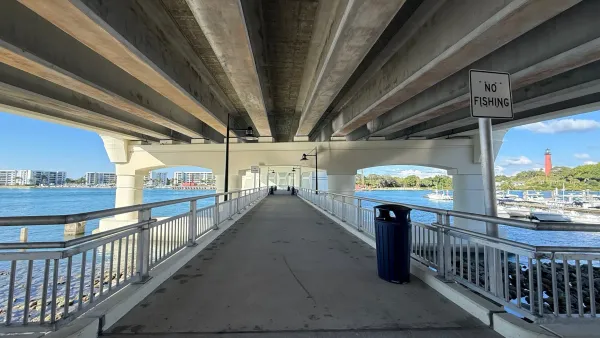Unlocking the Advantages and Navigating the Challenges of New Construction Homes

The Benefits of Buying New Construction
New construction homes come packed with perks that older homes cannot match. Imagine moving into a house that needs no immediate repairs or upgrades – everything is brand new and in perfect working order. This means avoiding unexpected repair costs and enjoying peace of mind with included warranties covering major repairs. Built with the latest materials and systems, these homes offer energy efficiency that translates to lower utility bills. Plus, with modern layouts, you get open floor plans and ample storage that fit today’s lifestyle perfectly. Many new communities also feature amenities like gyms, pools, and parks, enhancing your living experience. Financial incentives from builders, such as reduced mortgage rates, can sweeten the deal even further. Best of all, new homes often hold their value well and may appreciate as the development matures.
The Potential Downsides of New Construction
However, buying new construction isn’t without its challenges. Building a new home can be demanding, requiring regular check-ins and decisions. Customization options, while exciting, can be limited and costly. New developments might have sparse landscaping initially and higher property taxes due to new infrastructure costs. Generally, new homes come with a higher price tag than pre-owned ones, both in list price and per square foot. Supply chain issues can delay construction timelines, and new communities might first lack full amenities and services. Additionally, expect deed restrictions and homeowners’ association fees to be part of the package.
Choosing Your Homesite and Builder
Types of New Construction
- Spec Homes: These are almost or entirely ready, offering limited customization.
- Tract Homes: Some customization options within larger developments.
- Custom Homes: Fully personalized homes built on purchased land.
Choosing a Neighborhood
- Builder Reputation: Do your homework and check for any complaints.
- Deed Restrictions and HOA: Understand all rules and fees before committing.
- Community Amenities: Look into the features available in the neighborhood.
Choosing a Builder
- Experience: Ensure they have a solid track record.
- Communication: Good communication is key to a smooth process.
- Contracts and Warranties: Read the fine print carefully.
- Customization Flexibility: Confirm what options are available.
Obtaining Financing and Pre-Approval
- Preferred Lender Incentives: Compare the builder’s lender with others for the best deal.
- Loan Options and Rates: Discuss different types, rates, points, and fees.
- Pre-Approval: Get pre-approved to streamline the purchasing process.
Selecting Your Options
- Preparedness: Have your choices ready to keep the project on schedule.
- Custom vs. Planned Development: Decide between full customization or the convenience of planned development options.
Preparing to Close
- Walkthroughs: Regularly inspect the construction progress.
- Optional Inspection: Consider hiring a professional inspector.
- Final Walkthrough: Ensure everything is perfect before closing.
Conclusion
Buying a new construction home offers the allure of modern amenities, energy efficiency, and the opportunity for customization. However, preparing for higher costs, potential delays, and certain restrictions is essential. With thorough research and careful planning, you can maximize the benefits and mitigate the challenges, making your new home purchase a rewarding experience.





